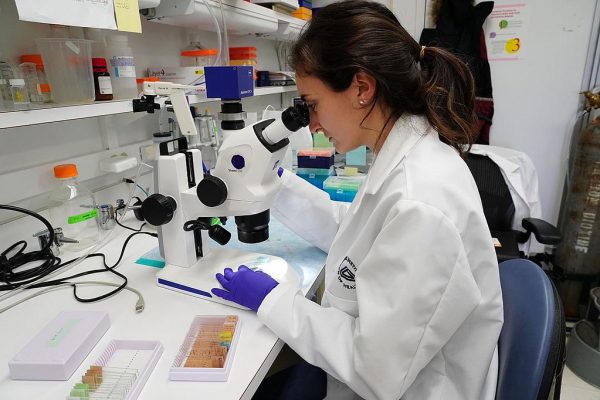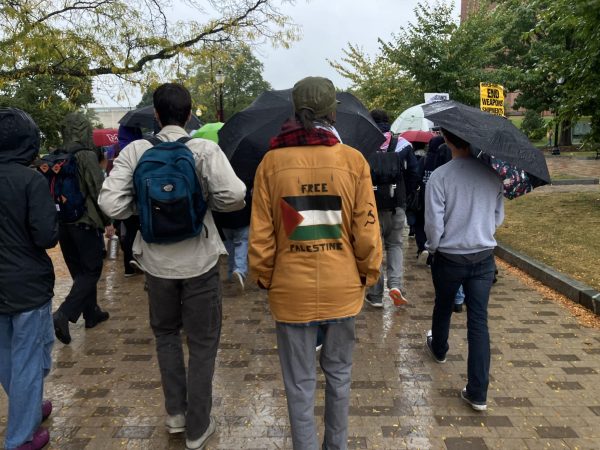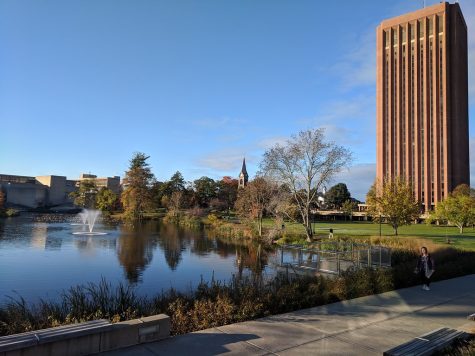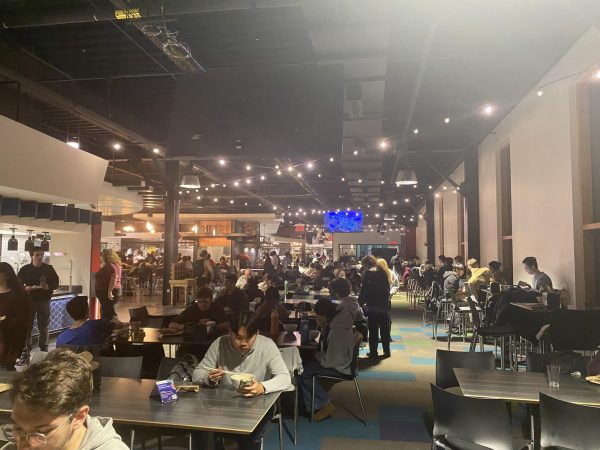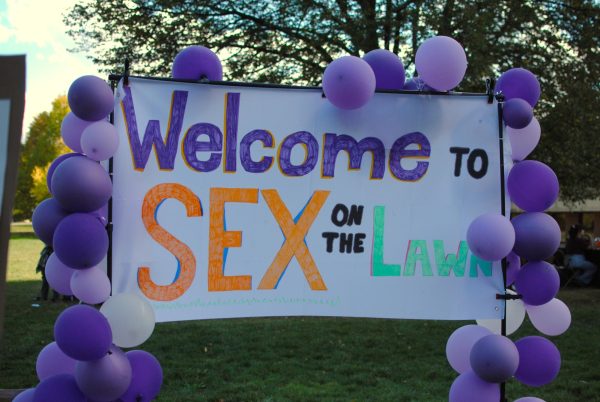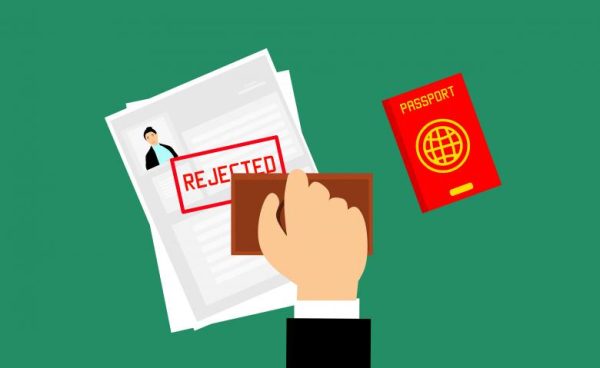Opening up resources
Understanding UMass Amherst’s shift to cheaper, more accessible resources
Textbooks cost a lot, and UMass Amherst’s Open Education Library is working to change that. The university library is working to provide open-access resources to students and professors.
“Where we are doing right now at UMass Amherst is that we’re introducing open textbooks…and what you’ll find is, we’re pretty far ahead of any of our peers,” says open education librarian Theresa Dooley about the university’s current progress in providing access to these resources to the university.
Open-access resources include textbooks, articles, and other resources, typically online, that are free to access and use. Dooley works to implement these resources and make them more accessible to students and professors at UMass Amherst.
“Open educational resources kind of tackle all these goals in terms of research growth or diversity and inclusion,” said Dooley.
Open-access is a contrast to an inclusive-access system that classes across campus currently use. Inclusive-access sources are provided through a subscription-based system, meaning students must pay for class materials.
Ideally, a switch to open-access would benefit all parties involved; students would be accessing resources for free, professors would have an ever-expanding database of up-to-date content to work with, and professors would have a new way to publish material.
However, such a task is daunting and will take time. As of now, UMass students still must purchase online and physical textbooks for some classes.
“If you count Owl, and Wiley Plus, and that type of thing, I’ve had to pay for those. And the physical textbooks as well, I had to pay for those,” said Narine Berberian, a freshman majoring in biology.
The need to pay for textbooks still exists in college for many reasons. For professors, “the first concern is to find texts that would help students understand the subject matter the best,” according to Razvan Sibii, a professor and lecturer in the journalism department. “Textbooks are often useful with that because they’re made with instruction in mind.” Sometimes, Sibii added, these sources still take the form of expensive books and subscription-based inclusive-access textbooks.
According to Dooley, inclusive-access services present a year’s worth of class material in one clean package, making it easier for professors to plan for class and easier for students to find all the information they need. But this comes at a cost, as students must pay for the service.
In larger classes, inclusive-access packages often work in favor of the student and the professor. Take, for example, Calculus 127, a course with roughly 1500 students. Inclusive-access packages offer homework platforms connected to a textbook providing students with rapid grading for problems, something that a professor of 1500 students could never do with the speed that a website could.
“I do think it pays off… when you’re doing your homework, … and you turn it in, and you don’t get it back for a week, or ten days, you’re no longer really emotionally connected to the problem you’re having trouble with,” said Hans Johnston, a professor and senior lecturer in the mathematics department. “Whereas when you get to see the feedback … [it’s] like, okay, I didn’t get this right. Let’s try this again,”
This is not to say that the department has no open resources.
“WeBWorKW is an open-source online homework system that is managed by…the MAA, the Mathematical Association of America. And, it’s completely free,” says Johnston. However, online systems like WeBWorK are often less structured and contain less relevant information to a specific class like calculus. According to Johnston, “in calculus, there are some interesting open-source calculus books, but they’re mostly tailored to a more rapid course.”
UMass Libraries only recently began its shift from inclusive-access to open-access resources, and it will take time for the libraries to work with professors on transitioning all curriculums to open-access. Until then, students can refer to the library’s collection of open-access resources for free educational materials.


